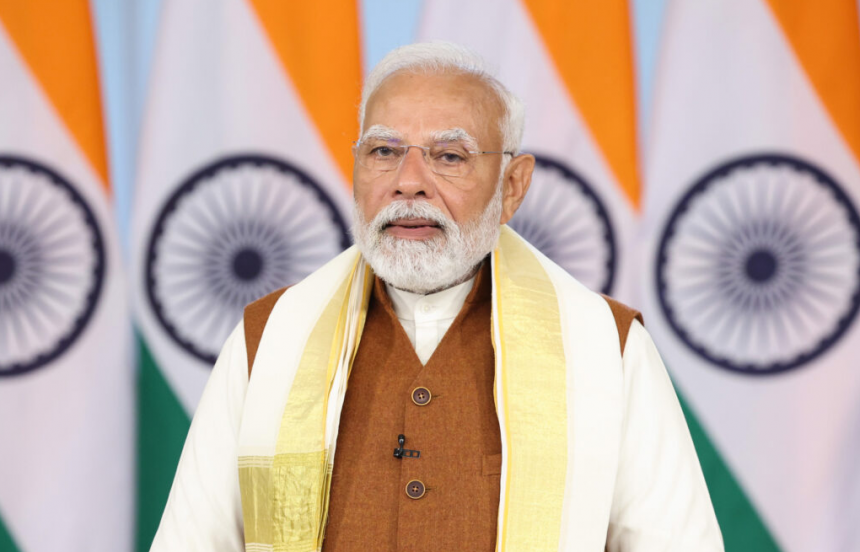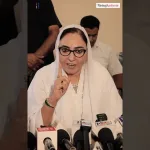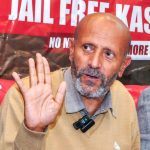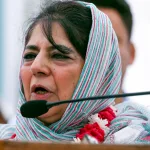Prime Minister Narendra Modi delivered a forceful and strategic reply to the Motion of Thanks on the President’s Address in the Lok Sabha. His speech, characterized by sharp political jabs, developmental claims, and a clear articulation of his government’s vision, was not just a rebuttal to the opposition but also an assertion of the BJP’s ideological and electoral roadmap.
At the heart of Modi’s address was his emphasis on the government’s commitment to the poor and the development work undertaken since 2014. His speech sought to reinforce the image of a government dedicated to the underprivileged, contrasting it against what he described as the opposition’s history of empty promises. However, while BJP supporters hailed the speech as a strong reaffirmation of Modi’s governance model, the opposition dismissed it as mere rhetoric, devoid of any new vision.
A deeper analysis of the speech suggests that it was not merely a routine parliamentary response but a calculated political move aimed at shaping the discourse for the 2029 elections. The themes, tone, and content of the speech reflected a strategic attempt to maintain BJP’s political dominance while challenging the opposition’s credibility.
Modi’s speech effectively blended governance achievements with political messaging. He repeatedly underscored the success of government initiatives aimed at improving the lives of the poor. He pointed out that over 4 crore houses had been built for the underprivileged, emphasizing that his government has delivered tangible benefits rather than empty slogans. This was a direct contrast to the Congress’s historical “Garibi Hatao” (Eradicate Poverty) slogan, which Modi subtly mocked as a promise that remained unfulfilled for decades. By stressing infrastructural development, access to clean water, and housing schemes, Modi attempted to create a narrative that his government had not only envisioned change but had also executed it efficiently. This was a powerful way to connect with the masses, especially the economically weaker sections who form a crucial voting bloc.
One of the most striking aspects of Modi’s speech was his targeted criticism of opposition leaders. Without naming Rahul Gandhi directly, he took a jibe at him by stating that those who enjoy photo sessions in the huts of the poor find discussions on poverty in Parliament boring. This was a calculated attack, portraying Gandhi as a leader disconnected from the ground realities of governance. Similarly, Modi’s reference to AAP leader Arvind Kejriwal’s residence as ‘Sheesh Mahal’ (Glass Palace) was another attempt to highlight the alleged hypocrisy of opposition leaders. By contrasting his government’s welfare measures with the opposition’s perceived extravagance, Modi sought to reinforce the BJP’s image as a party that prioritizes public welfare over personal luxuries.
Rahul Gandhi, in his earlier speech, had questioned the effectiveness of the “Make in India” initiative and emphasized the need for a caste census to ensure social justice. Modi, in his response, did not engage directly with the caste census issue but instead focused on a broader economic and developmental vision. This was a deliberate move. Instead of engaging in a debate on caste-based policies, which could be politically sensitive, Modi chose to highlight his government’s focus on universal development. By doing so, he attempted to shift the discourse away from identity politics and towards a narrative of inclusive growth.
While the speech was primarily focused on the achievements of the past decade, there were clear indications that it was also designed with the 2029 elections in mind. Modi’s emphasis on long-term vision, his commitment to the poor, and his criticism of the opposition’s alleged failures were all aimed at reinforcing his leadership for the future. By painting a picture of continuity and progress, Modi subtly hinted that his leadership is indispensable for India’s development. This aligns with the BJP’s larger strategy of projecting Modi as a leader with an unwavering commitment to national progress, making a case for another term beyond 2029.
Despite Modi’s assertive speech, the opposition was quick to dismiss it as repetitive and lacking substance. Leaders from Congress, AAP, and other opposition parties argued that the speech was nothing more than a repackaging of old claims, with no new policy announcements or concrete solutions to pressing issues. Opposition leaders pointed out that many of the achievements Modi mentioned, such as housing schemes and rural electrification, were already highlighted in past speeches. They accused him of recycling past claims rather than addressing fresh concerns such as unemployment, inflation, and agrarian distress. Rahul Gandhi, in particular, criticized the speech by stating that it avoided discussing real issues affecting common people. He argued that the government had failed to create sufficient jobs and that Modi’s speech was an attempt to distract from these failures.
Another major critique was that Modi’s speech conveniently sidestepped controversial and pressing issues. The opposition pointed out that there was no mention of key topics such as the ongoing farmer protests and agricultural distress, the economic slowdown and rising unemployment, and the challenges faced by minorities and marginalized communities. By not engaging with these issues, the opposition claimed that Modi had deliberately evaded difficult questions that could have weakened his narrative.
Several opposition leaders suggested that Modi’s speech was crafted more for electoral gains than for governance. They argued that instead of presenting a fresh vision for India, the speech focused on political messaging aimed at bolstering BJP’s electoral prospects. The repeated references to the opposition’s failures and the emphasis on BJP’s achievements were seen as an attempt to set the stage for the next general elections. Critics argued that a parliamentary speech should focus on governance rather than political point-scoring, accusing Modi of blurring the line between the two.
PM Modi’s address in Parliament was undeniably a powerful and well-structured speech that reinforced his government’s image of development and governance. By focusing on the achievements of the past decade, attacking the opposition’s credibility, and subtly laying the groundwork for the future, he effectively positioned himself as the leader best suited to continue guiding the nation. However, the opposition’s critique that the speech lacked new commitments and avoided addressing critical issues holds some merit. While Modi successfully rallied his supporters and reinforced BJP’s core narrative, his speech did not offer groundbreaking solutions to emerging challenges.
Ultimately, whether this speech was an election strategy for 2029 or a genuine attempt to showcase the government’s work, one thing is clear— PM Modi remains a formidable political communicator. His ability to frame narratives, highlight achievements, and undermine the opposition has played a crucial role in BJP’s sustained political dominance. As the nation moves closer to the next elections, this speech will likely be remembered as a significant moment in the ongoing battle for political supremacy.
(Author is RK columnist and can be reached at: [email protected])








